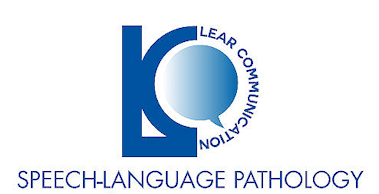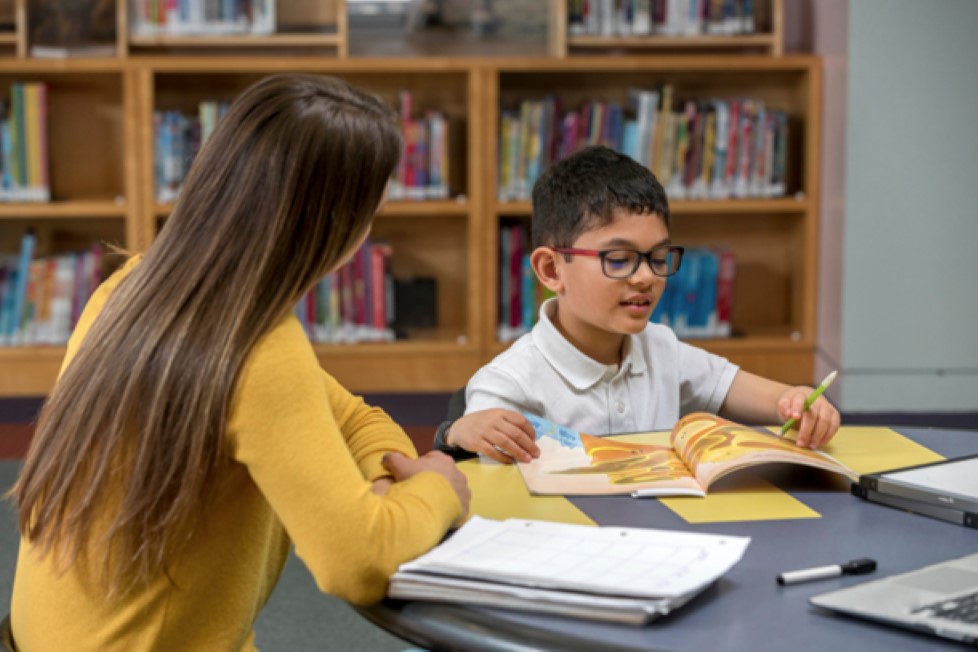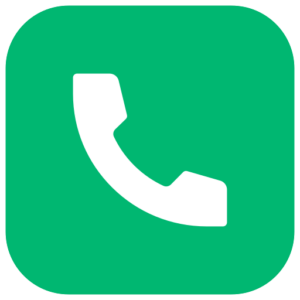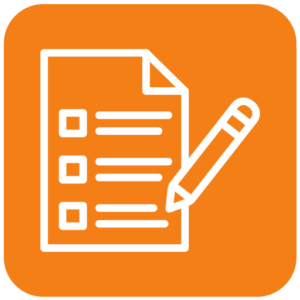Language-Based Learning Difficulties
A learning disability is a neurological condition that affects the brain’s ability to receive, process, store, and respond to information. It explains why individuals with at least average intelligence may face unexpected difficulties in acquiring essential academic skills.
Since language is fundamental to learning—encompassing listening, speaking, reading, and writing—students with language-based learning challenges often struggle in traditional classrooms, despite their intelligence. When language development is impaired, it can create significant obstacles to academic success.
Speech-language pathologists (SLPs) have specialized expertise in how language and cognition interact. They help students develop both core and compensatory language skills, equipping them with the tools they need to succeed independently—reducing their long-term reliance on tutors.
Signs of Language-Based Learning Difficulties
Your child may be facing language-related challenges if they struggle with:
| SPEAKING | WRITING | |
| Thinking of the right word | Using grammar words properly | |
| Using grammar words properly | Forming full sentences | |
| Forming full, logical sentences | Linking ideas in paragraphs | |
| Telling stories in a logical order | Spelling | |
| UNDERSTANDING | READING | |
| Understanding grammar | Decoding words | |
| Comprehending information quickly | Making sense of sentences/paragraphs | |
| Understanding sarcasm, jokes, etc. | “Reading between the lines” | |
| Following conversations and directions | Reading quickly |
Late-Talkers
If your child is a late talker—meaning they have limited vocabulary or struggle to combine words by age 2—it’s natural to feel concerned. Some late talkers catch up on their own, but others may need support. Watch for signs like difficulty understanding simple instructions, limited gestures, or frustration when communicating.
Early intervention is key, so if you’re unsure, seeking an evaluation around age 2–3 can provide guidance and, if needed, targeted therapy to help your child thrive.
Receptive and Expressive Language
- Receptive Language Therapy: Speech therapists use activities such as picture identification, following directions, and answering questions to strengthen a person’s ability to understand spoken language.
- Expressive Language Therapy: To improve communication skills, therapists work on vocabulary development, sentence formation, and conversation practice, helping individuals express themselves more clearly and effectively
Language Development Milestones
| By Age 5 |
|
| Age 5-7 |
|
| Age 7-9 |
|
| Age 9-12 |
|
| Age 12-18 |
|






